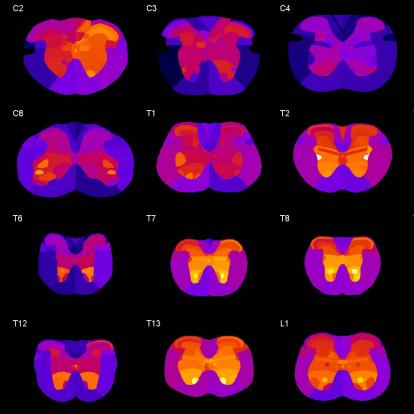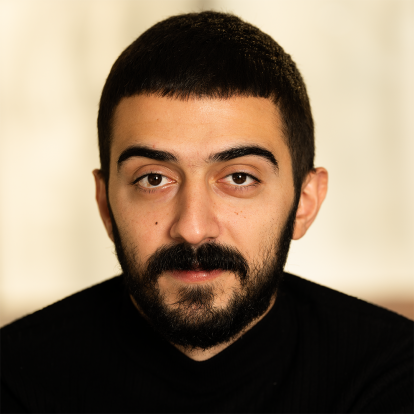Tools & Technology
Researchers Undertake Challenge to Image Every Cell in Human Brain

From the lab of Elizabeth Hillman, PhD, Columbia's Zuckerman Institute
Advances in understanding the mind often begin with new technologies for investigating the brain.
From the 19th-century microscopes that revealed the building block of the brain, the nerve cell, to modern imaging techniques that measure neural activity, new tools can show us not only the anatomy of the nervous system, but how it functions.
To push the limits of today’s tools and technologies, our researchers build bridges across disciplines. How can engineers and scientists work together to build new devices that allow for new kinds of experiments that shed light on how our brains grow or perform computations? How can physics spur new approaches to imaging the brain’s interior? What can mathematics teach us about dealing with big data?
At Columbia’s Zuckerman Institute, our researchers have developed new ways to visualize the brain in 3D and designed molecular tools for mapping the nervous system. Technological advances lie at the heart of understanding everything from consciousness to sensory perception — and have already begun to reveal clues about how we move our bodies and the underlying causes of diseases such as amyotrophic lateral sclerosis (ALS, or Lou Gehrig's disease).
Explore Tools & Technology
Tools & Technology in the News

Researchers Use Modified Rabies Viruses to Map the Brain
January 21, 2016

Watch a Resting Brain Light Up With Activity
December 12, 2016

The Mysteries of How Newborn Cells May Help Form Memories
February 29, 2016
Discover the power of your support.
Seed the discoveries that make a difference.



















